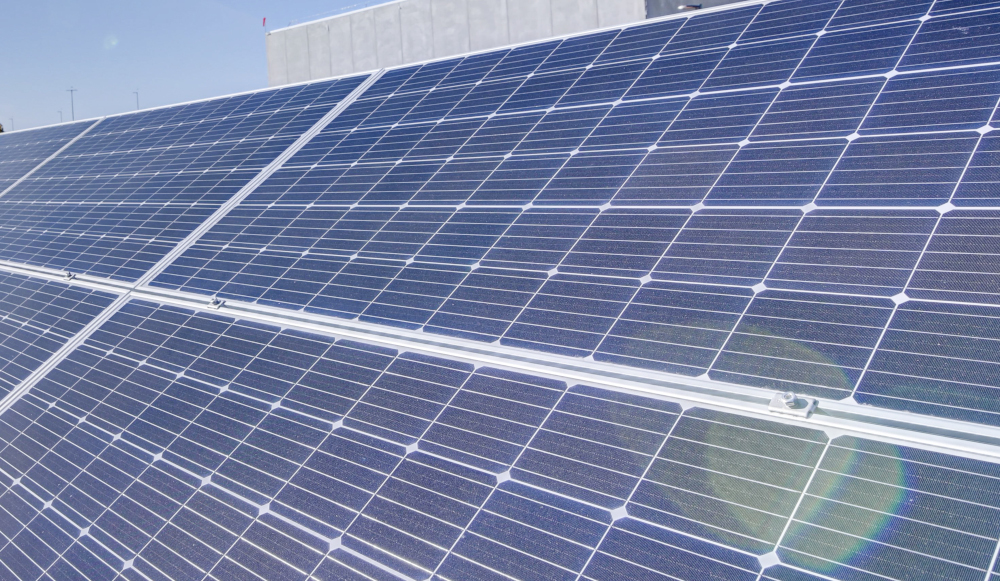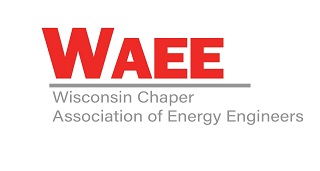
Sustainability is on the mind of businesses across the world, for multiple reasons. For one, more and more consumers are making conscious decisions to spend their money with companies that have set environmental targets and goals. Another reason companies in the U.S. are re-evaluating their approach to sustainability efforts revolves around regulatory impacts. Globally, companies are being pushed by both consumers and regulators to be better stewards of our planet for future generations. Sustainability programs within organizations have gone from being on the backburner to top of mind.
Conserve Energy
At EnTech Solutions, we often work with customers who are not sure where to start when it comes to being more environmentally conscious with their energy. A good starting point is to look at current energy consumption. Using energy more efficiently is one of the fastest, most cost-effective ways to save money and reduce greenhouse gas (GHG) emissions. Sometimes considered low hanging fruit, some of these efforts include switching to LED lighting, turning off equipment at night and incorporating building automation systems that help preserve and control energy. Energy usage can be tracked via utility bills, however there are other methods that can help you track more specifically where energy is being used within your facility. Smart meters enable customers to see detailed information about their energy usage at different times of the day, which in turn helps them manage their energy use more proactively.
Evaluate Energy Generation Methods
Studies show that over 40% of energy-related CO2 emissions are due to the burning of fossil fuels for electricity generation. As companies develop their sustainability targets, emissions from energy should be factored in. If your company is like most, buying electricity from the utility is the traditional method, but do you know what the carbon intensity (CI) score is in your area of the country and how this factors into your sustainability goals? Carbon intensity of electricity is the number of grams of carbon dioxide (CO2) that it takes to make one unit of electricity a kilowatt per hour (kW/hour), and the lower it is, the better for the environment. For example, when electricity is generated using coal power stations, the carbon intensity value is high, as CO2 is produced as part of the power generation process. Renewable generation such as solar produces almost no emissions, so its carbon intensity is very low. Check out this map to see the CI score in your region.
The wind and solar sectors are growing at an exponential rate, far faster than anyone had previously imagined. Part of this growth can be attributed to prices for renewables decreasing steadily over the last decade. Integrating renewable sources on-site with effective energy modeling upfront can lead to a substantial reduction in operating costs while reducing overall emissions. In addition, tax credits such as the federal Investment Tax Credit (ITC) can provide a savings of up to 26% on a solar system installation. Solar provides sustainability benefits, lowers costs and signals to the market that your organization is doing its part to preserve the planet.
24/7 Sustainable Energy via Battery Energy Storage
As companies continue to seek ways to be more sustainable with their energy, battery energy storage is often a part of the conversation. Solar integration allows companies to produce renewable energy when the sun is shining, but what happens at night or when there is cloud cover? This is where battery energy storage comes into play. Energy storage, sometimes referred to as distributed energy or microgrids, allows companies to store excess solar power they are producing for use at other times. Think about a bright sunny day when your solar system is producing more energy than required. Storing this excess energy in batteries can be an effective way to ensure you are utilizing clean energy 100% of the time, which is going to help you reach net-zero type sustainability commitments. Tapping into stored solar energy when you need it, for example during peak utility rates, can also have a significant impact on your utility costs. In addition, battery energy storage can provide 100% reliable energy compared to solar power only, which will be ineffective in the event of a utility outage.
You don’t have to have everything figured out when it comes to sustainable energy. The energy experts at EnTech Solutions are here to answer questions and help you meet your goals. Connect with our team today to discuss how we can help you solve your energy challenges.
Thank you for checking out the EnTech Solutions blog. To stay up to date with technologies, developments and trends about clean energy, please subscribe.








